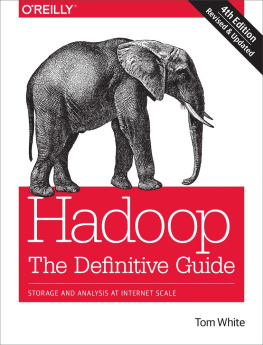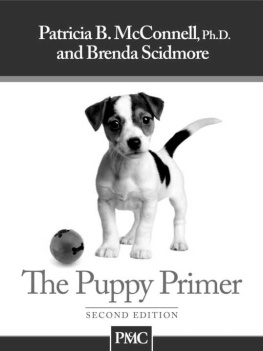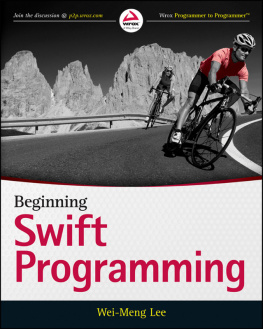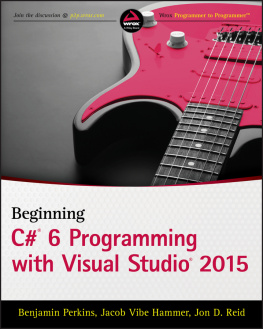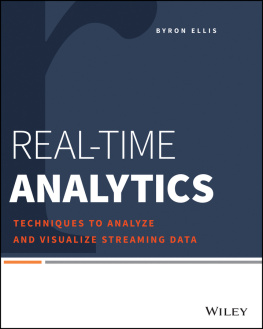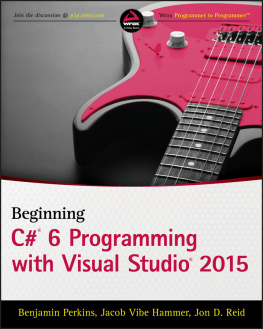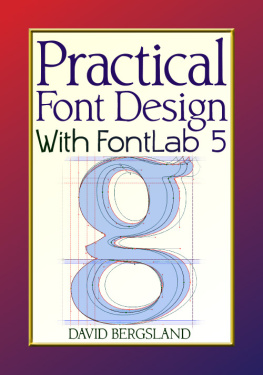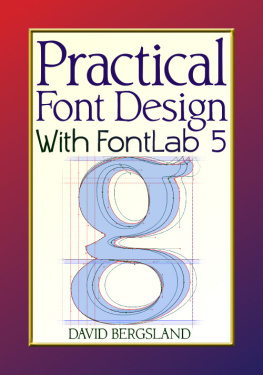Mastering Java An Effective Project Based Approach including Web Development, Data Structures, GUI Programming and Object Oriented Programming (Beginner to Advanced) Copyright 2018 by Michael B. White - All rights reserved. This book is geared towards providing precise and reliable information, with regard to the topic of cryptocurrency and its related topics. This publication is sold with the idea that the publisher is not required to render any accounting, officially or otherwise, or any other qualified services. If further advice is necessary, contacting a legal and/or financial professional is recommended. From a Declaration of Principles that was accepted and approved equally by a Committee of the American Bar Association and a Committee of Publishers Associations.
In no way is it legal to reproduce, duplicate, or transmit any part of this document, either by electronic means, or in printed format. Recording this publication is strictly prohibited, and any storage of this document is not allowed unless with written permission from the publisher. All rights reserved. The information provided herein is stated to be truthful and consistent, in that any liability, in terms of inattention or otherwise, by any usage or abuse of any policies, processes, or directions contained within, is the solitary and utter responsibility of the recipient reader. Under no circumstances will any legal responsibility or blame be held against the publisher for any reparation, damages, or monetary loss due to the information herein, either directly or indirectly. Respective authors own all copyrights not held by the publisher.
The information herein is offered for informational purposes solely, and is universally presented as such. The information herein is also presented without contract or any type of guarantee assurance. The trademarks presented are done so without any consent, and this publication of the trademarks is without permission or backing by the trademark owners. All trademarks and brands within this book are thus for clarifying purposes only and are the owned by the owners themselves, and not affiliated otherwise with this document. Table of Contents
Introduction
First, let me thank you for taking the time to purchase and read my guide, Mastering Java: An Effective Project-Based Approach including Web Development, Data Structures, GUI Programming and Object Oriented Programming. My intention with this guide is to teach you all about the Java computer programming language.
To that end, I have sectioned the guide into 6 separate sections, each one dealing with a separate element of Java programming. You will learn: Chapter 1: Java Basics you will learn the basic programming elements of the Java language, including how to set up your programming environment, using a text editor and how to write a program. We look at comments, how to structure your code, and what data types and variables are. We also look at how to receive and read Java data, the different types of statement, loops and arrays before moving on to functions and methods. By the end of this section you will have a firm understanding of how to program in Java. Chapter 2: Java Data Structures and Algorithms in this section we will examine a part of Java programming that is very important to computer science.
You will learn exactly what a data structure is, how they are classified and the design of them, before moving on to algorithms. We learn how to write an algorithm, what asymptotic analysis and notation are and the definition of a greedy algorithm. We learn how data structures and algorithms mesh together, the different methods of sorting and traversing algorithms to gain information before moving onto trees and finishing with recursion. Chapter 3: Java Web Development this section will walk you through all the elements of developing a web app using Java. We look at JSP and servlets and how they are used in building web apps, before looking at some of the best practices in web development using Java EE (Enterprise Edition). This is an involved chapter with plenty of technical information and a hands-on guide that you can easily follow.
Chapter 4: Java GUI Programming GUI programming is a complex part of Java programming and, in this section we look at using NetBeans and Swing to build a Java GUI. We discuss native packaging, followed by a tutorial that you can follow along with, covering how to design a GUI using the NetBeans IDE. We talk about how to handle images, design forms, gap editing and debugging, followed by a discussion on bean and data binding and using Hibernate in your application. Chapter 5: Object-Oriented Programming this section covers object-oriented programming in Java; what it is, the benefits of the approach, the principles of Object Oriented Programming (OOP) and understanding the basic concepts. Chapter 6: Java Interview Questions lastly, I have provided you with a comprehensive list of questions that you could be asked in an interview for a Java programming job. I also provide the answers with the intention being that you study them and learn them; not just what the answers are but the why and how too.
Java is not a new programming language by any means; it has been around since 1991 and, to date, has proved to be the most popular, especially where web development is concerned. It is one of the simplest languages to learn, and it is object-oriented, which makes it even easier to learn. Work your way through this guide and, by the end of it, you will know more than many people do about the Java programming language and all its uses. I would make one suggestion if you choose to join in and input the code yourself, do type it in rather than copying and pasting. Its a great way of getting the feel for programming and how things work.
Chapter 1: Java Basics
There is no doubting that Java is the most popular and the most used computer programming language of all, in particular where web platforms and web applications are concerned.
Chapter 1: Java Basics
There is no doubting that Java is the most popular and the most used computer programming language of all, in particular where web platforms and web applications are concerned.
Java was deliberately designed to be incredibly flexible with the express intention of allowing developers to write code that would work on any machine, irrespective of its architecture and the platform in use. At the time of writing, well over one billion computers and over three billion mobile devices are built on Java. You will find Java being used as the basis for platforms and applications on a huge range of devices: Laptops Desktop computers Satellite navigation systems Games consoles Medical monitoring devices Parking meters Lottery terminals Smartphones Mobile tablets Blu-ray players And a whole lot more. Plus, Java is also one of the major languages that are used for networking; more specifically for data centers responsible for storing web-based data and for transferring it. If that werent enough, Java is also used for creating dynamic but small programs embedded in web pages, or running beside them. These are known as applets and you will find them in widgets that display maps, the weather, games and any other widget or tool on a web page that is interactive in some way.
Java is a class-based and an object-oriented language that is based firmly on the programming syntax for both C and for C++ languages. Developers tend to go for Java over and above the other programming languages because of its flexibility in securely running on just about any platform, regardless as we said earlier, of the architecture of the platform or the operating system it runs on. So long as the device in question has got Java Runtime Environment (JRE) installed, it is going to work.
Setting Up Your Environment
You might be surprised to learn that the hardest part of this programming language is in setting up your working environment. You can't even think about writing a single line of code until you have NetBeans downloaded. NetBeans is free and is without any doubt the most popular IDE (Interface Development Environment) for writing any program in Java.






